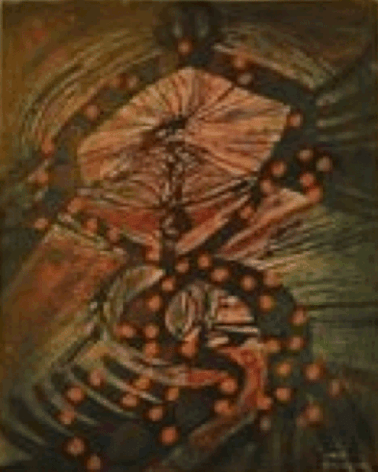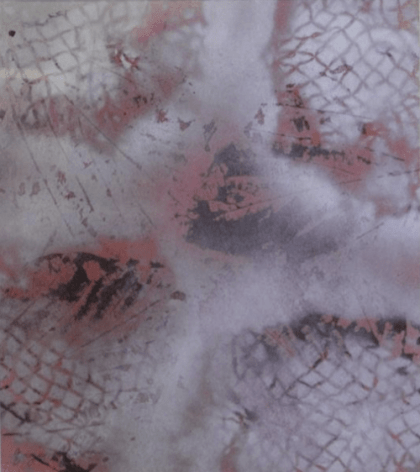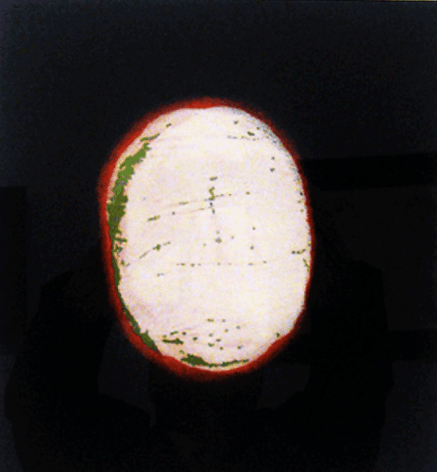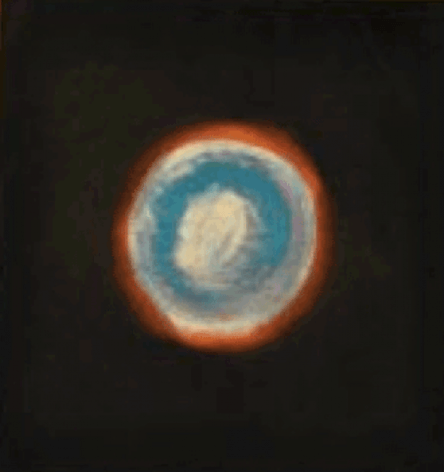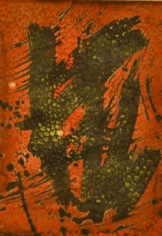Born in Matsumoto-shi, Nagano-Ken, Japan, Yayoi Kusama became a colorful personality in the New York art world of the 1960s and has been described as an "outsider, eccentric, an obsessive, a femme fatale and a nonentity" Her paintings reflect childhood hallucinations, and her art has been an attempt to exorcise those demons. In the late 1950s, she began a series of Infinity Net Paintings that reflected with dots, nets and flowers her childhood affliction of suffering from repetitive hallucinations. In the early 1960s when she first gained attention, she covered many of her canvases with webs and spots and created "compulsion" furniture with stuffed phallic protuberances. These experiments with soft sculpture, mirrors and repetitive images preceded similar work by Claus Oldenburg and Andy Warhol. In those years, she also did nude protests in which she would paint willing subjects, often with polka dots. She studied at the Kyoto Municipal School of Arts and Crafts and then moved to the United States in 1957 and had her first one-woman show in 1959. In the 1960s, she collaborated in New York with Andy Warhol, Claes Oldenberg, and Robert Morris, and she also adopted performance art. However, she spent much of the decade in Europe, and was seemingly forgotten in America. She then moved to The Hague and, in 1973, returned to Japan where she voluntarily committed herself to a psychiatric hospital where she continued to live while commuting to her Tokyo studio. She also wrote novels, short stories, and poetry. A 1989 retrospective at the Center for International Contemporary Art in New York and her 1993 appearance at the Venice Biennale rekindled interest in her collage and installation work, especially in America and has influenced a number of young artists, specifically Jessica Diamond. In March, 1998, a one-woman exhibition reviewing the last ten years of Kusama's work was held at the Los Angeles County Museum, and in July 1998, a major retrospective of her drawings from the 1950s were featured at the Peter Blum Gallery.
Source: Art in America, February 1999.

